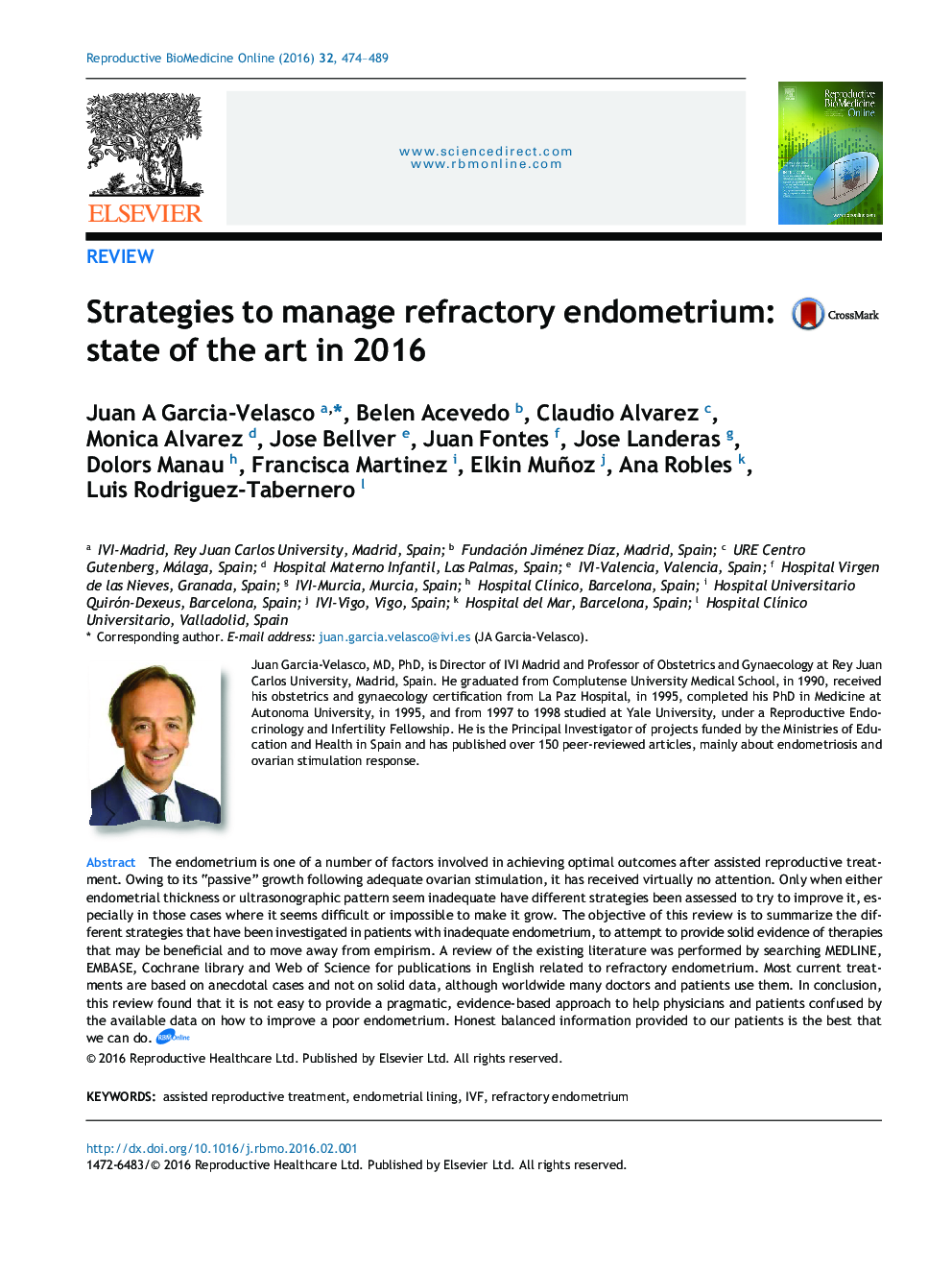| Article ID | Journal | Published Year | Pages | File Type |
|---|---|---|---|---|
| 6188657 | Reproductive BioMedicine Online | 2016 | 16 Pages |
The endometrium is one of a number of factors involved in achieving optimal outcomes after assisted reproductive treatment. Owing to its “passive” growth following adequate ovarian stimulation, it has received virtually no attention. Only when either endometrial thickness or ultrasonographic pattern seem inadequate have different strategies been assessed to try to improve it, especially in those cases where it seems difficult or impossible to make it grow. The objective of this review is to summarize the different strategies that have been investigated in patients with inadequate endometrium, to attempt to provide solid evidence of therapies that may be beneficial and to move away from empirism. A review of the existing literature was performed by searching MEDLINE, EMBASE, Cochrane library and Web of Science for publications in English related to refractory endometrium. Most current treatments are based on anecdotal cases and not on solid data, although worldwide many doctors and patients use them. In conclusion, this review found that it is not easy to provide a pragmatic, evidence-based approach to help physicians and patients confused by the available data on how to improve a poor endometrium. Honest balanced information provided to our patients is the best that we can do.
